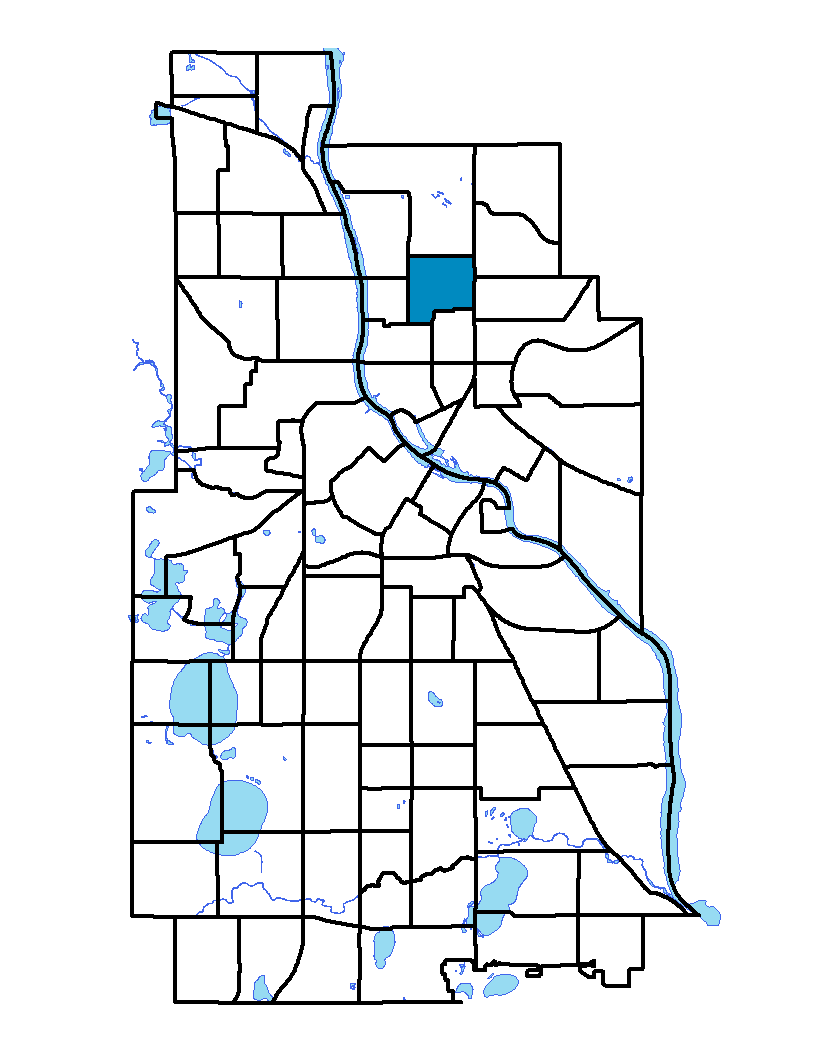The Holland neighborhood is located in the Northeast community of Minneapolis. The neighborhood's northern extent is 27th Avenue NE and the southern boundary is along 17th and 19th avenues NE. Central Avenue NE is the eastern extent and University Avenue NE is the western boundary. The neighborhood and its elementary school are named after Josiah G. Holland, an American educator and editor born in 1819 in Massachusetts. He was well known for Timothy Titcomb's Letters, a column he wrote for a newspaper in Springfield, Massachusetts. The Holland neighborhood is predominately residential, and more than 75 percent of the homes were built before 1920. Holland does have some commercial and retail areas, mainly along Central Avenue. The neighborhood has other amenities including Jackson Square Park, Edison Senior High School and a Minneapolis public library branch. The neighborhood was a popular destination for Eastern Europeans emigrating at the beginning of the 20th century.
To learn more about the neighborhood association visit: www.hnia.org
Indicator Details
|
Indicators |
Primary Domain | Indicator Value | Rank | Tier |
|---|---|---|---|---|
| Access to Mainstream Financial Services | Economic Health | 35.3% | 66 | Bottom |
| Access to Parks and Open Space | Natural Areas | 0.8% | 78 | Bottom |
| Adult Educational Attainment | Educational Opportunities | 74.6% | 76 | Bottom |
| Age of Housing | Housing | 77.6% | 25 | Top |
| Blood Lead Levels in Children | Housing | 3.8% | 40 | Middle |
| Business Retention | Economic Health | 7.0% | 4 | Top |
| Chronic School Absence | Health Systems and Public Safety | 59.9% | 36 | Middle |
| Commute Mode Share | Transportation | 36.1% | 26 | Top |
| Employment Rate | Employment Opportunities | 64.5% | 61 | Bottom |
| Excessive Housing Cost Burden | Housing | 45.4% | 75 | Bottom |
| Food Desert | Neighborhood Characteristics | 50.0% | 11 | Top |
| High School Graduation Rate | Educational Opportunities | 56.0% | 5 | Top |
| Household Transportation Costs | Transportation | 16.2% | 34 | Middle |
| Local Business Vitality | Economic Health | 57.9% | 31 | Middle |
| Long-Term Unemployment | Employment Opportunities | 13.2% | 85 | Bottom |
| Low Birth Weight | Health Systems and Public Safety | 6.2% | 33 | Middle |
| Motor Vehicle Collisions | Health Systems and Public Safety | 4.4 | 33 | Middle |
| Offsite Alcohol Outlets | Neighborhood Characteristics | 1 | 6 | Top |
| Pedestrian Connectivity | Transportation | 167.7 | 19 | Top |
| Preschool Enrollment | Educational Opportunities | 28.2% | 70 | Bottom |
| Preventable Hospitalizations | Health Systems and Public Safety | 2 | 35 | Middle |
| Proximity to Brownfield Sites | Environmental Hazards | 3.7% | 38 | Middle |
| Proximity to Superfund Sites | Environmental Hazards | 42.0% | 59 | Bottom |
| Public Assisted Households | Employment Opportunities | 32.4% | 61 | Bottom |
| Reading Proficiency | Educational Opportunities | -% | - | Data N/A |
| Residential Mobility | Social Cohesion | 76.1% | 52 | Middle |
| Residential Proximity to Traffic | Environmental Hazards | 0.0% | 1 | Top |
| School Proximity to Traffic | Environmental Hazards | 0.0% | 1 | Top |
| School Readiness Scores | Educational Opportunities | -% | - | Data N/A |
| Toxic Releases from Facilities | Environmental Hazards | 43.2% | 63 | Bottom |
| Transit Accessibility | Transportation | 247.4 | 58 | Middle |
| Travel Time to Work | Employment Opportunities | 23.5 minutes | 67 | Bottom |
| Tree Cover | Natural Areas | 23.7% | 83 | Bottom |
| Vacancy Rates | Housing | 10.3% | 59 | Bottom |
| Violent Crime | Health Systems and Public Safety | 43.3 | 37 | Middle |
| Voter Participation | Social Cohesion | 18.2% | 64 | Bottom |
| Walkability | Neighborhood Characteristics | 68 | 31 | Middle |

